
Understanding your beliefs is critical to understanding your behavior. Positive beliefs lead to higher openness, creativity and integrity, which make you more likely to succeed and prosper. Negative beliefs create fear, which makes you more likely to miss opportunities, self sabotage, and stay unhappy. That’s why it’s crucial to know how to change your beliefs
The Power of Your Beliefs
Your beliefs form the bulk of your personality because they determine your values. They are where your self esteem comes from, which can be the difference between being perpetually content or unhappy. Most importantly of all, beliefs shape the value and meaning we place on people, places, and events. Even if you experience something positive, your beliefs could keep you from recognizing it.
Symptoms of Destructive Beliefs
How do you identify if you’re trapped in a cycle created by unhealthy beliefs? The following are signs that negative beliefs are trapping you.
- Frequent Self Criticism
- Anxiety
- The Need to be Right
- Low energy
- Procrastination
- Suspicion of others
- Assuming the worst will happen
- Discomfort receiving praise
- Inability to Focus or Frequently Distracted
Your feelings and attitudes stem from your beliefs. If you have a negative pattern in your life or frequently experience a negative feeling, there will be a belief lurking beneath it that must be changed in order for your life to look different.
How to Change Your Beliefs
In order to move past negative beliefs, you first need to identify them. Ideally you need to understand where it came from. Then you need to accept that it’s a lie. Finally, you need to replace it with an opposing, positive belief.
At the Journey Principles Institute, we’ve created a four step system that makes this process practical and simple.
Step 1 – Identify Existing Beliefs
Most of your beliefs are there through your influences. Your parental influences (your parents or surrogate parental figures) were the most powerful force in shaping who you are today. Environmental influences such as your culture and income bracket also played a huge factor and continue to do so, as do your relational influences (friends, family, significant others) and subliminal influences (what you read, watch and listen to).
- Ask yourself the following questions to gain perspective on your beliefs:
- What lessons did I learn from my parental influences?
- What are 5 negative experiences I’ve been through that are painful to think about?
- Which things do I believe about life and about myself that I wish I didn’t?
- When do I most often feel negative emotions, and what are they?
Step 2 – Label Limiting Beliefs
A limiting belief is a belief about yourself. More specifically, it is a lie you tell about yourself to yourself that was formed by negative experiences. Limiting beliefs are usually not at all true. They’re snapshots of you at a moment in time that aren’t indicative of where you are today. Once you’ve finished Step 1, do the following:
- Pinpoint the beliefs about yourself that are linked to the answers you wrote down.
- Write down the opposite belief. Imagine how you would feel if you believed it.
- Embrace the idea that you can change this belief and experience that feeling all the time.
Step 3 – Create Bridge Beliefs
Bridge beliefs are new beliefs that challenge limiting beliefs. They are fighting with limiting beliefs for space in your mind. They aren’t as bone deep as existing beliefs, but they can get there with practice and intentionality. Do the following with the beliefs you wrote down in Step 2:
- Affirm yourself with the positive thought by say “I am [the positive thought].”
- Use a mirror to do this at least once per day.
- Challenge the limiting belief every time it comes up in your mind. Do this out loud if possible.
Step 4 – Reinforce Empowering Beliefs
Empowering beliefs are bridge beliefs that have fully taken root. You no longer need to program them – you believe them fully and live from them naturally. You can help bridge beliefs become empowering beliefs by focusing on the following statements in the same way as the bridge beliefs in Step 3:
- I don’t fail. I win or learn.
- Change is good.
- I get stronger with challenges.
- My past WILL NOT be my present or future.
- I’m not afraid, only excited for the future.
You will know a belief is as strong as it needs to be when you can physically feel it throughout your nervous system. Do not stop working on a belief until this happens.
Accelerate Your Transformation with The Journey Principles
You can’t get to where you need to go alone. Quality influences, great resources, and worthy mentors are all a part of what you’ll need to continue forming the best beliefs and achieve lasting transformation.
I formed the Journey Principles Institute to answer the question of how to change your beliefs. Here I share the same practices and principles that took me from homelessness to owning a multi-million dollar business and marrying the woman of my dreams. I want to help you experience the same level of breakthrough in your life.
Check out our free resources that will help you change your beliefs.





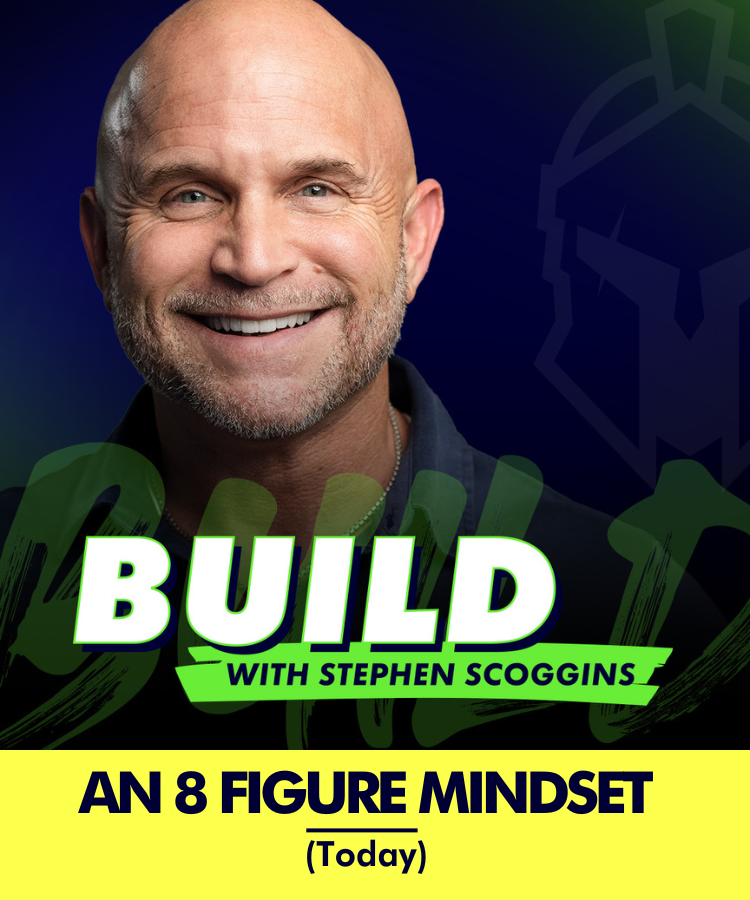
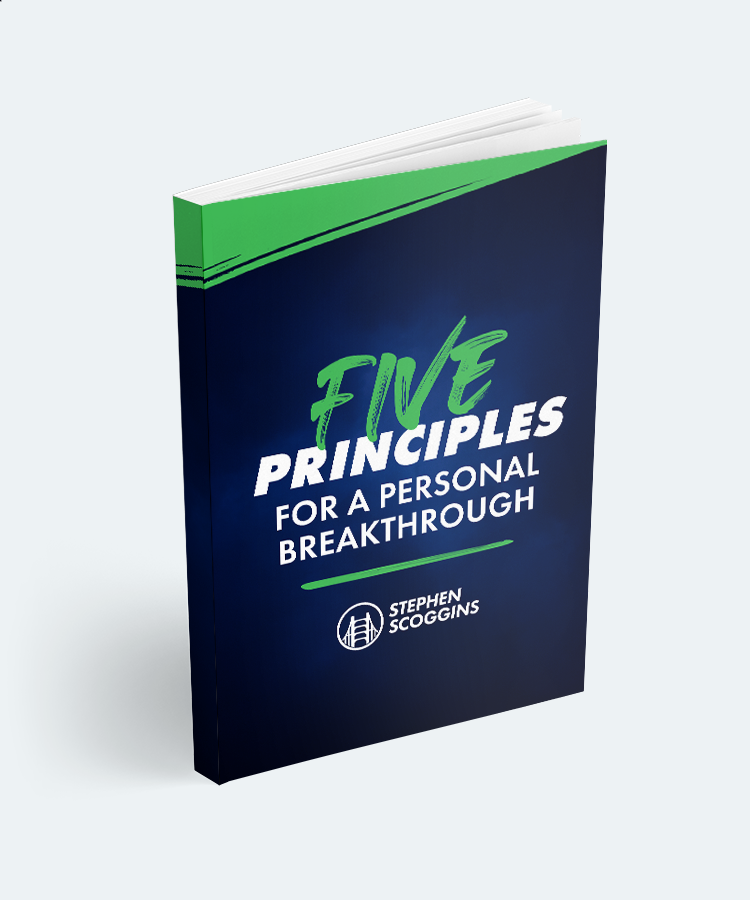
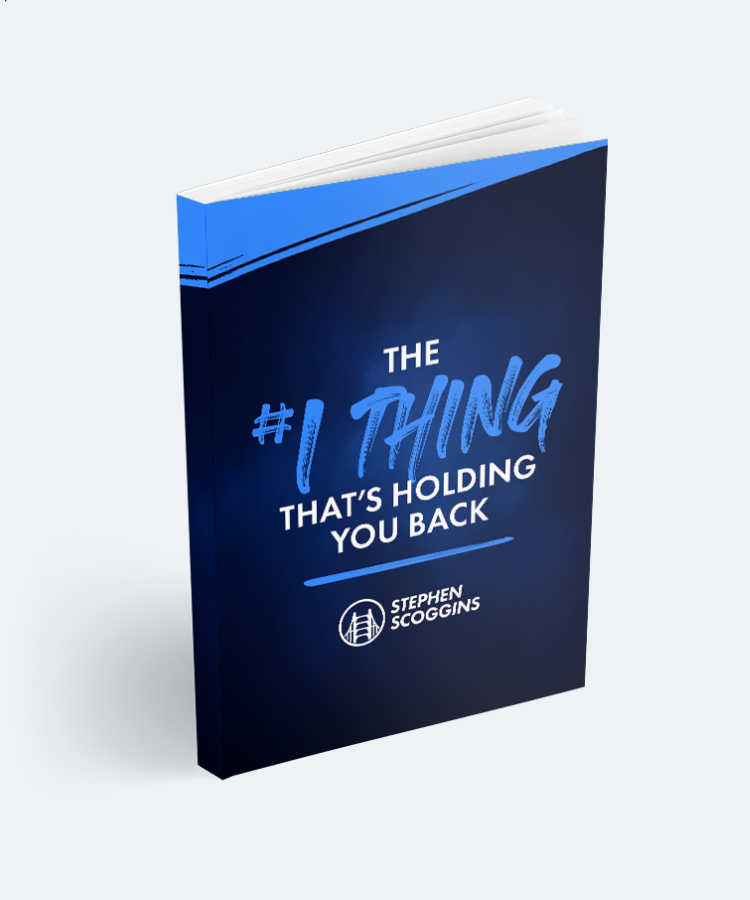
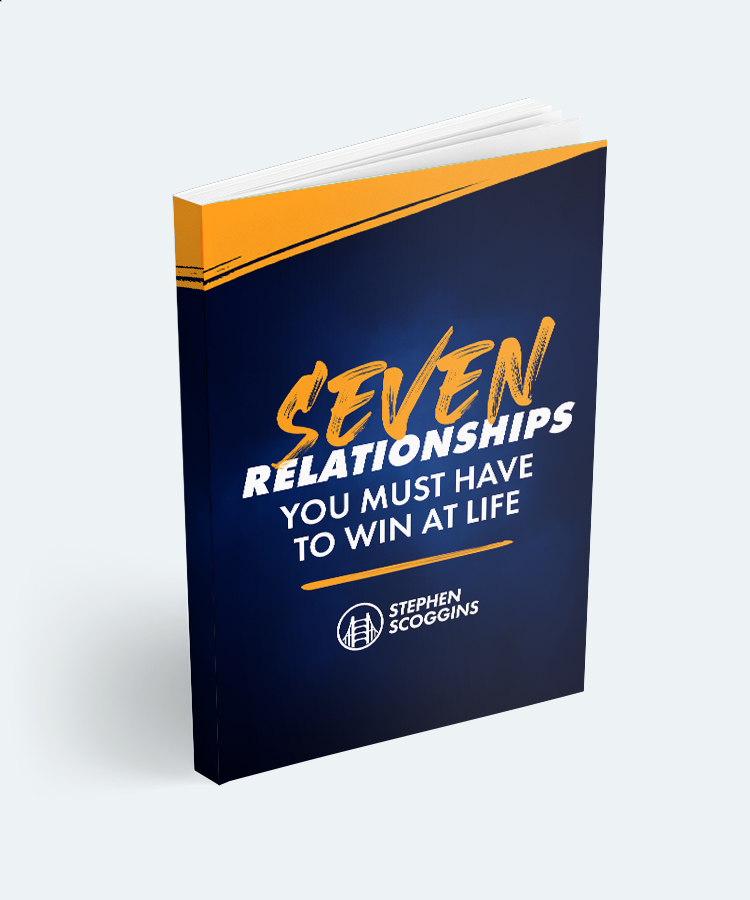
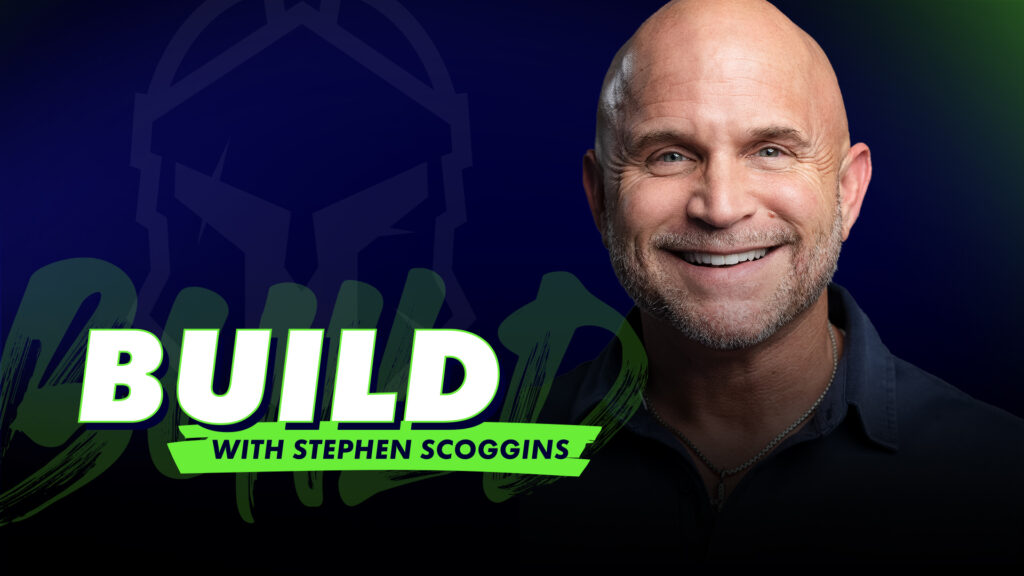
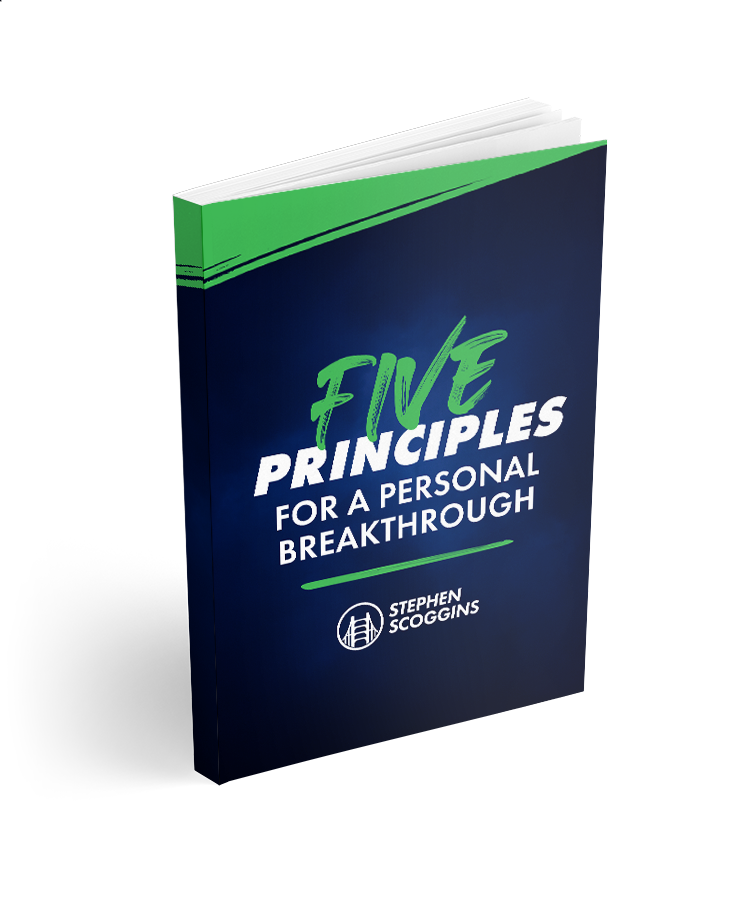
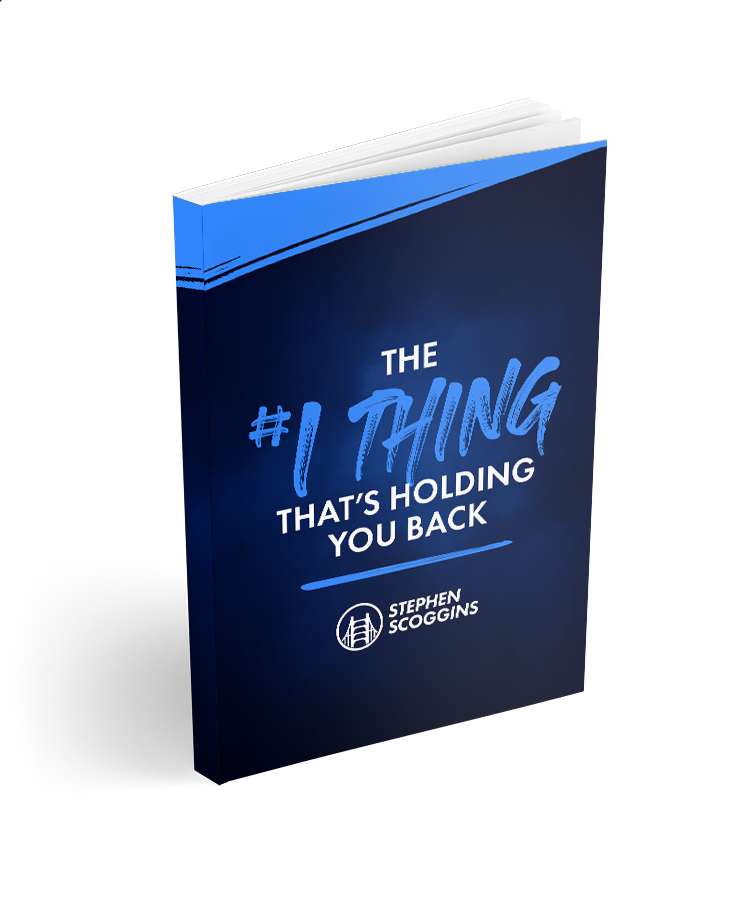
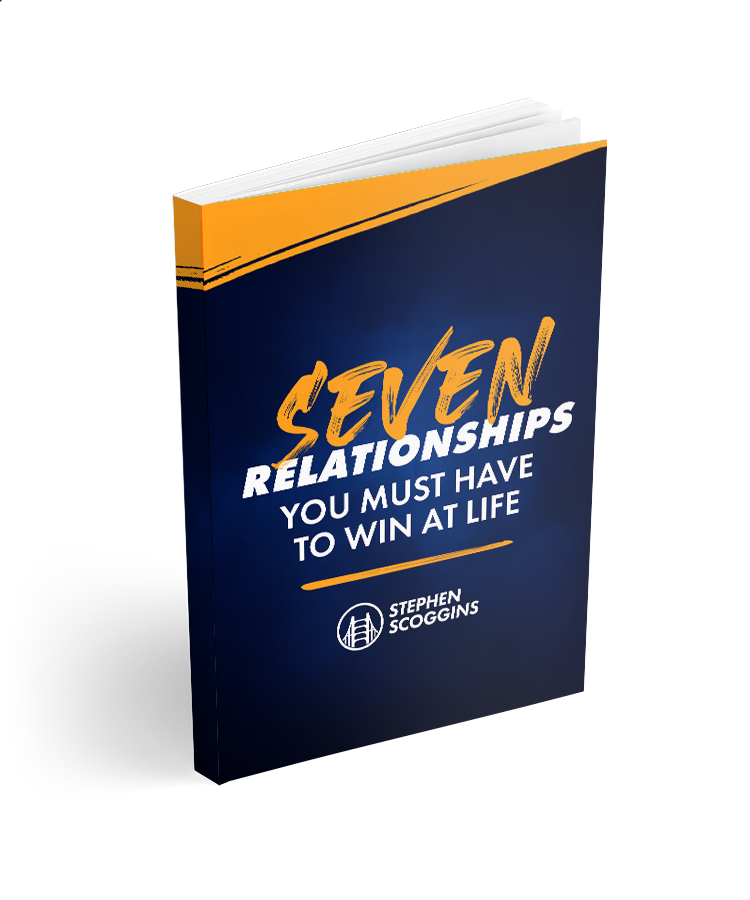
3 Responses